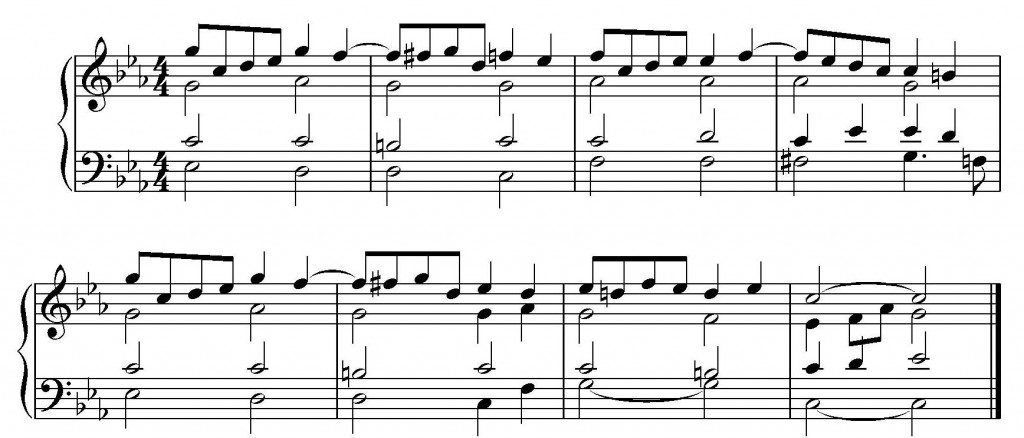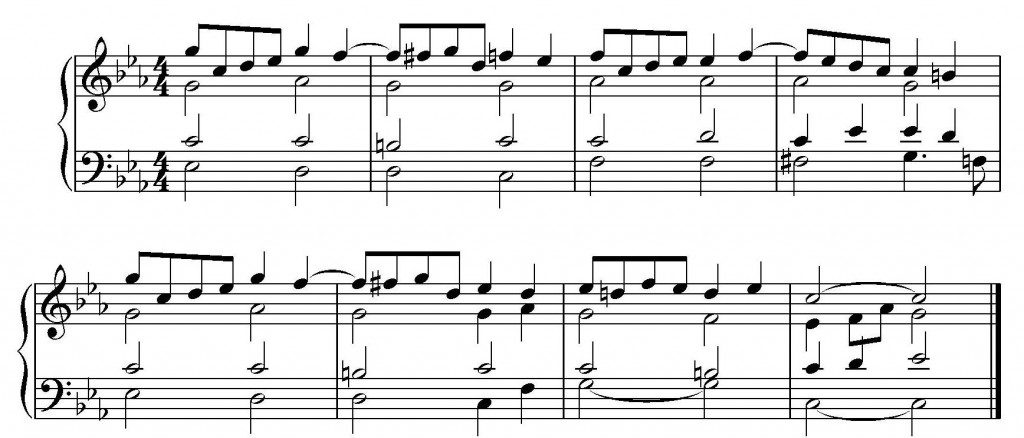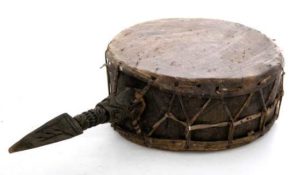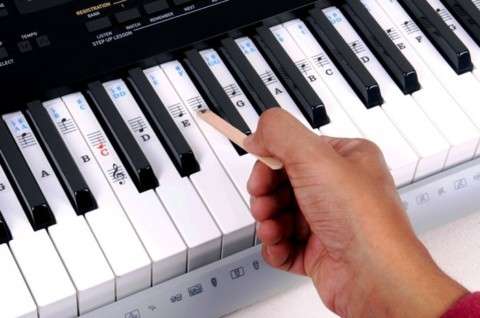
Harmony: period for play
Everyone who studies at a music school or conservatory sooner or later has to study harmony. As a rule, one of the obligatory forms of work in these lessons is piano exercises: playing individual turns, diatonic and chromatic sequences, modulations, and simple musical forms.
To play modulations, some kind of basis is needed; students are usually offered a period as its basis. In this regard, the question arises: “Where can I get this very period?” The best thing is to compose it yourself, however, as practice shows, not every student can do this. It’s good if the teacher helps you solve this problem, but if not, then I hope that the proposed material will at least somehow help you.
I am laying out the period that I used as a basis for playing modulations when I studied harmony at school and at the conservatory. At one time, a teacher found it and offered it to me. It is not complicated, but not too simple either, very beautiful, especially in the minor version. Experienced “modulation players” know that it is easy to turn a major period into a minor version, but for clarity, I offer a recording of both.
So, first, a simple one-tone period in C major:

As you can see, the proposed period, as expected, consists of two simple sentences: the first sentence ends with a dominant function, the second – with a complete perfect cadence with a small addition in the form of a plagal auxiliary phrase T-II2-T with a harmonic “zest” (lowered VI degree) , the sentences are connected to each other by the phrase D2-T6, which, however, is optional if it confuses someone.
Now, let’s take a look at the period already familiar to us:

I am not rewriting the functions again – they remain unchanged, I will only note one thing: in connection with the introduction of the minor mode, there is no longer a need to alter individual degrees, so the number of random sharps, flats and becars has decreased.
Well, that’s it! Now, according to the given pattern, you can play this period in any other key.




